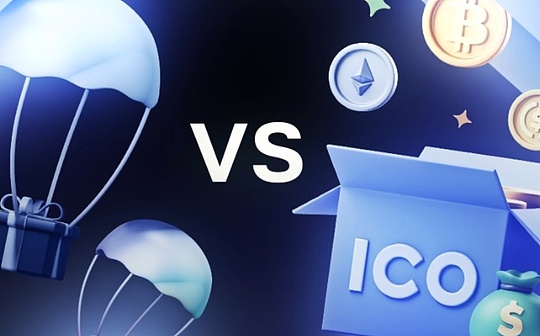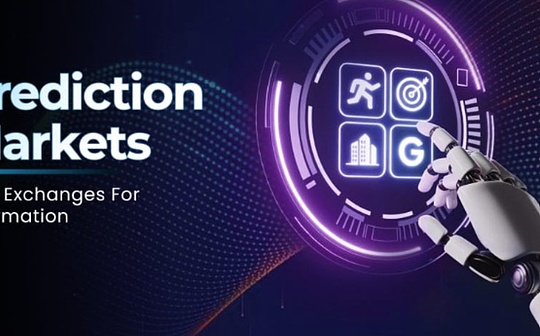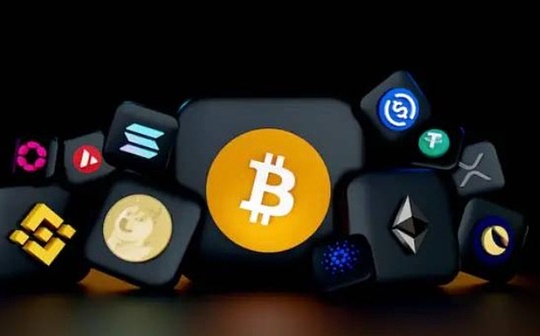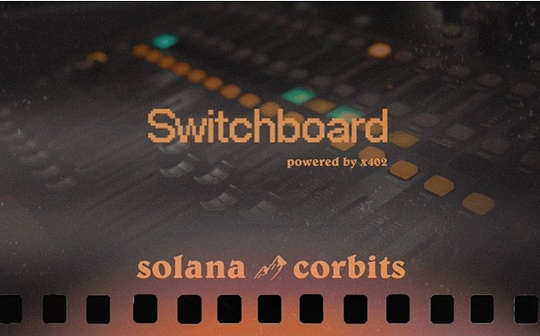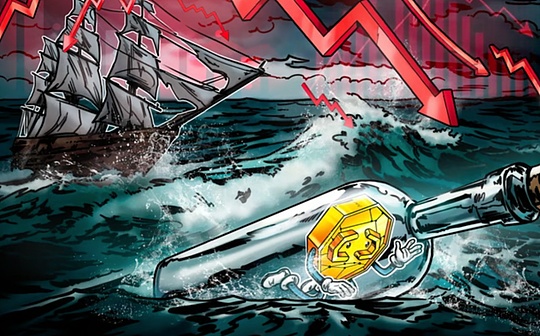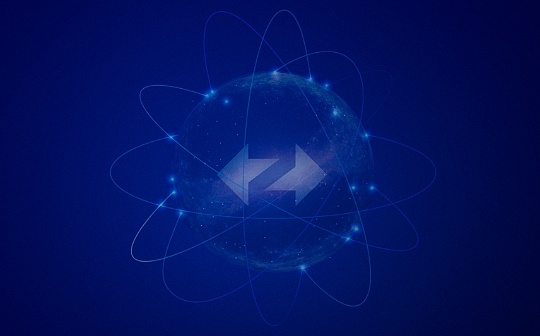
Source: ZKNation Blog; Compiled by: Wuzhu, Bitchain Vision
The ZKsync governance system is now online.This article explains what governance is, how governance works, and outlines the principles and options contained in governance.
ZKsync governance design concept—elastic, distributed, and consistent mission
ZKsync’s true on-chain governance embodies the core attributes of flexibility, distribution and mission consistency.These attributes reinforce ZK Credo’s values—the right to fork or exit, and the community’s ability to validate decisions and actions in a way that requires no trust.
-
elasticity:ZKsync’s governance system is durable.The system includes multiple built-in protections that are automatically executed on the chain to deal with risks and ensure smooth operation on the blockchain.Even if the governing body or its members become opponents, they cannot unilaterally prevent the agreement from continuing to develop.
-
Consistent mission:ZKsync builds on the vision and principles shed light on in ZK Credo.Everyone involved in governance, no matter which institution they belong to, should act in accordance with these common values and responsibilities, and the governance mechanism includes a set of checks and balances to implement this.
-
distributed:ZKsync’s governance is distributed among multiple blockchain-based institutions, including various Ethereum communities from all corners of the world.This setup is designed to ensure a healthy balance of power and to prevent any single group from having too much control.
The unique features of ZKsync governance system

Three-body governance
The ZKsync governance system is designed around the principles of separation of power and checks and balances.By design, no individual or entity has the right to make changes to the ZKsync protocol.All changes to the agreement must be approved by three independent agencies that independently judge and control their decisions: a community of token holders, a group of security experts and a group of high-profile, consistent values, individuals who ensure proposalsIn line with ZKsync values.
The three institutions in the ZKsync governance system are the Token Conference, the Security Committee and the Guardian.Each agency plays a vital role in ensuring durable, distributed and mission-aligned governance.
Two of these entities, the Security Council and the Guardian, use an innovative structure that combines smart contracts and legal entities.These entities are sometimes called “BORG” (or blockchain organizations) and are legally managed by smart contracts through technical specific rules embedded in their bylaws.The behavior of its members is subject to strict service level agreements and ethical codes to ensure that quick, impartial and effective decisions are made in the best interests of the ZKsync community.
1) ZKsync Token Conference
The ZKsync Token Conference includes token holders who entrust voting rights and representatives who obtain this voting rights.Unlike token governance organizations that only allow holders to vote on their funding grants, the token conference is also authorized to submit and vote for proposals for upgrading protocols, tokens and governance systems.
This is perhaps the most important aspect of the system: token holders and their representatives can initiate a normal upgrade to the ZKsync protocol directly on-chain, rather than relying on a single multi-signature.Once the proposal is submitted to the vote, the process involves two other completely independent groups.
This is true on-chain governance and the standard that every protocol should strive to meet.
Another innovation in the token conference approach is related to legal protection of representatives.Each delegate has the option to become a member of the ZKsync Association, a non-profit association without owners, before submitting a proposal or voting through the normative governance portal.This is a new model that aims to address personal legal liability that representatives may bear due to decisions made by the Token Conference.
2) ZKsync Safety Committee
The ZKsync Security Council is a group of highly skilled and skilled engineers, security auditors and security professionals who maintain the security of the ZKsync protocol and network technology.The agency is responsible for reviewing and actively approving the protocol upgrades approved by the Token Assembly and has the right to freeze the protocol and submit the necessary time-sensitive upgrades to deal with imminent or active security threats.
Their power is limited: they cannot unilaterally submit and approve escalation.Even an emergency proposal requires approval from the Guardian and the third reviewer described in the next section.Currently, the newly formed ZKsync Foundation will serve as the third reviewer.
3) ZKsync Guardian
The ZKsync Guardian ensures that the ZKsync governance proposal aligns with the values of ZK Credo.Their main power is to exercise a veto on proposals.Functionally, this means that the Guardian can constrain other actors in the governance system to ensure consistency and protect protocols.This constraint also helps curb governance attacks against protocols that attempt to manipulate protocols or tokens for personal gain.
It includes individuals from all over the world, each of whom has a deep commitment and connection to the project and lives and breathes in crypto-punk values.
ZKsync Governance Proposal
The three agencies of the ZKsync governance system—Token Conference, Security Committee and Guardian—collect together publish, approve and execute three types of proposals: ZKsync improvements, token planning and governance consulting.Token Conferences can submit proposals and approve (or refuse).All proposals can then be rejected by the Guardians, and the protocol upgrade requires approval from the Safety Committee.In short, no one or a group of people has the right to unilaterally propose and approve proposals.
-
ZKsync Improvement Proposal (ZIP):This includes all scheduled agreement upgrades.ZIP can be presented by representatives and must be actively approved by the Safety Committee or, if the Safety Committee is unable to participate due to special circumstances, by the Guardian.
-
Token Plan Proposal (TPP):Representatives were invited to submit token plans approved by the Token Conference.If approved (i.e. successfully passed the Guardian’s review), the token plan will allocate the right to mint and destroy the ZK token, thereby activating the new mechanism of the ZK token.All Token Program Proposals (“TPP”) must comply with the Token Program Guide and help achieve the goals that support the ZK Credo Vision.
-
Governance Consulting Proposal (GAP):Governance Operations Governor manages governance related to off-chain operations that are not related to protocol upgrades or token plans.These activities may include the approval of ZK Credo or the nomination of new Security Council members.Since the results are recorded on-chain, the GovOps Governor’s vote results may be related to other contracts established by the ZKsync community.For example, a DeFi project can allow key parameters (interest rates or fees) to be directly controlled by the GovOps Governor.Similarly, like ZIP and TPP, GAP is subject to scrutiny and veto by the Guardians.
A community-driven future
This is the result of years of cooperative efforts by the global contributor community and embodies the decentralized spirit pursued by the crypto community.
ZKsync governance is not just about managing on-chain contracts that manage the ZKsync protocol.Like the agreement itself, it is a conscious journey of innovation designed to have an impact on the real world.We invite all members of the ZKsync community to participate in this new structure and help shape the future of the network by participating in discussions at the ZK Nation forum.



